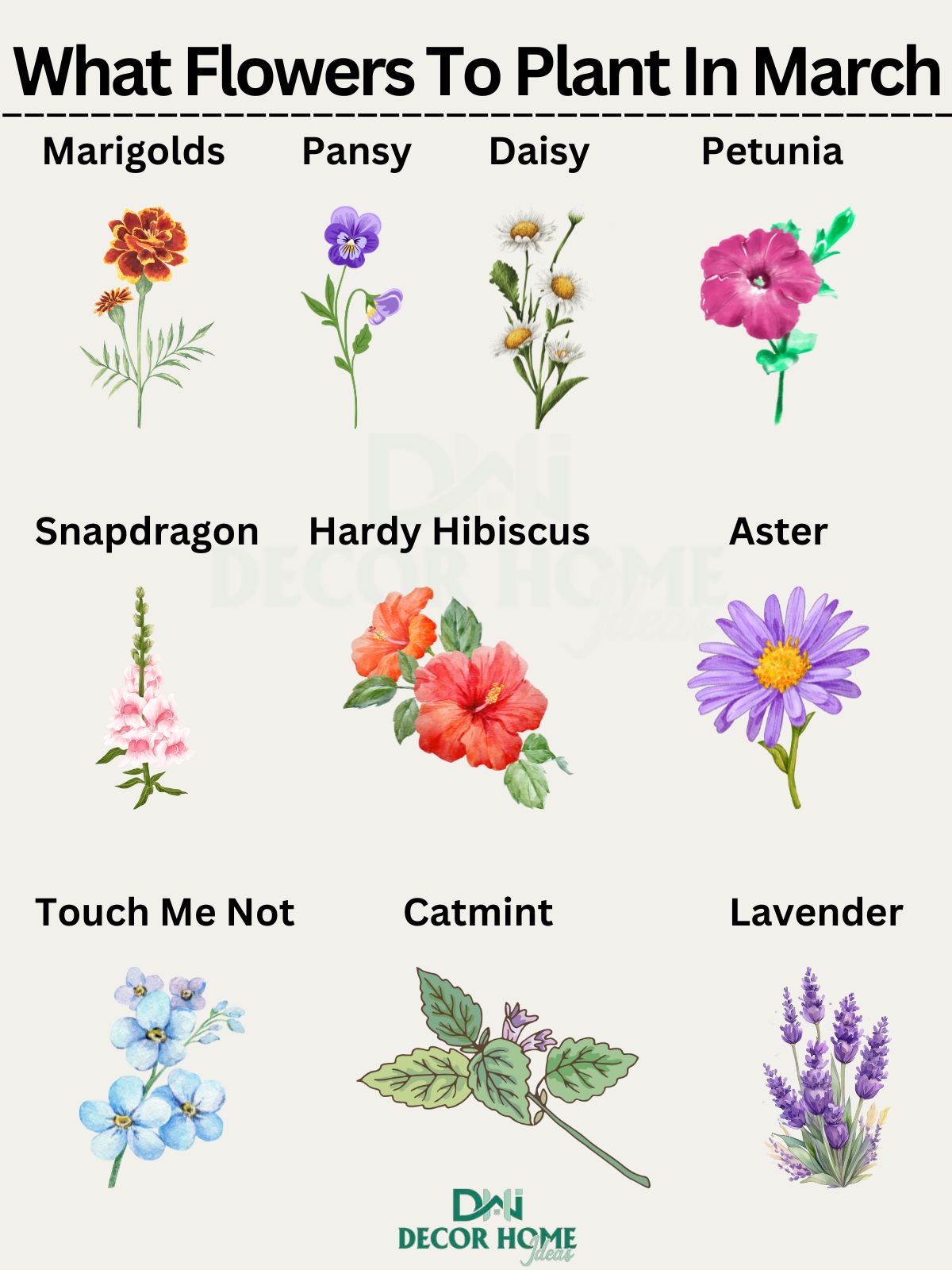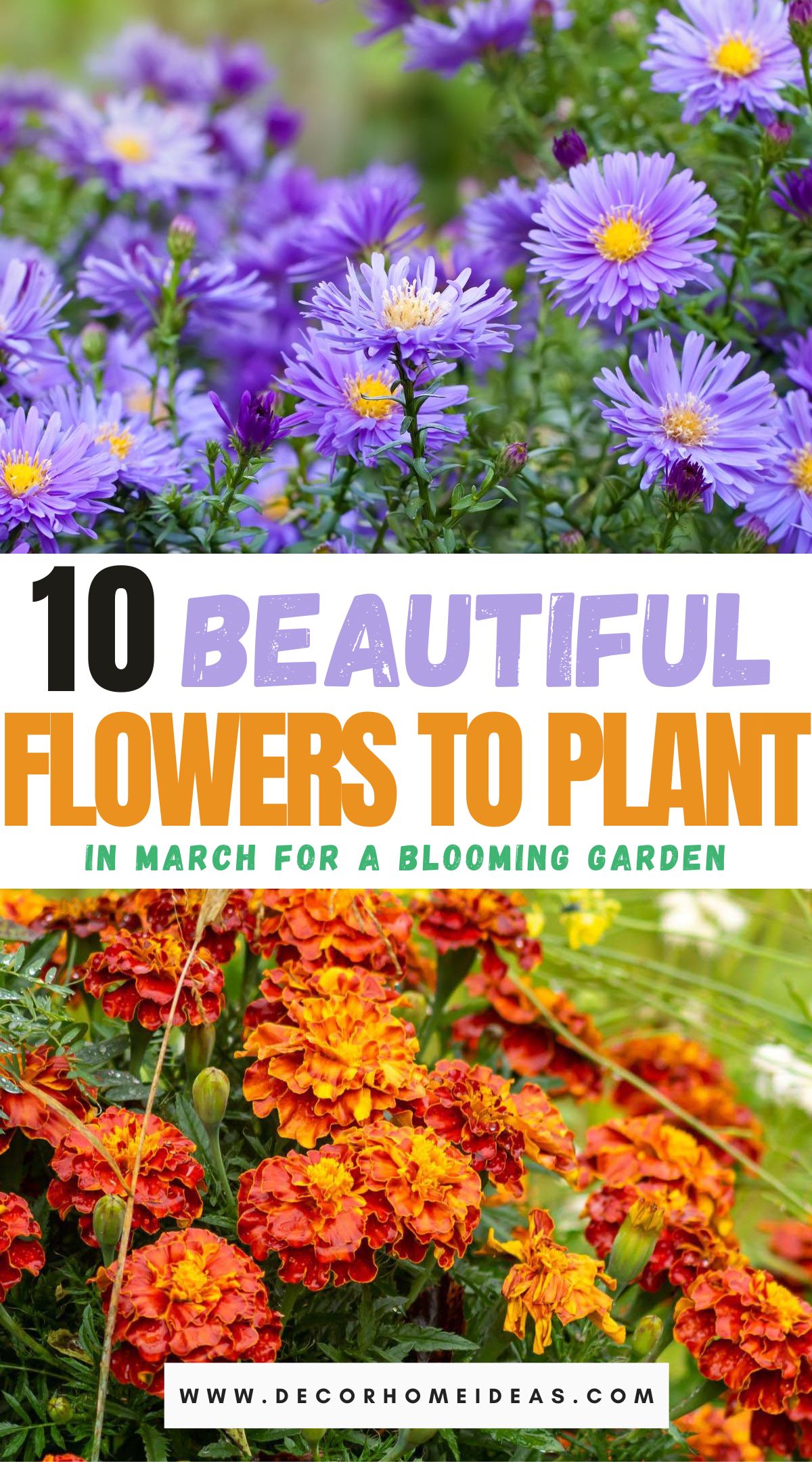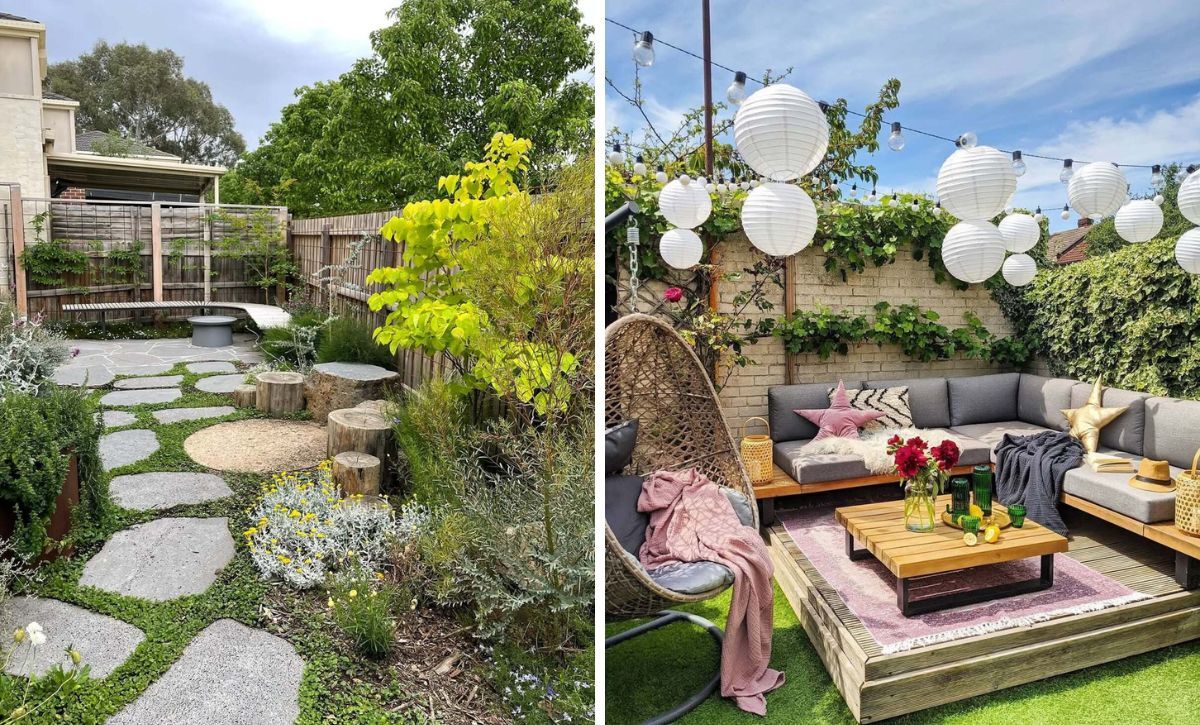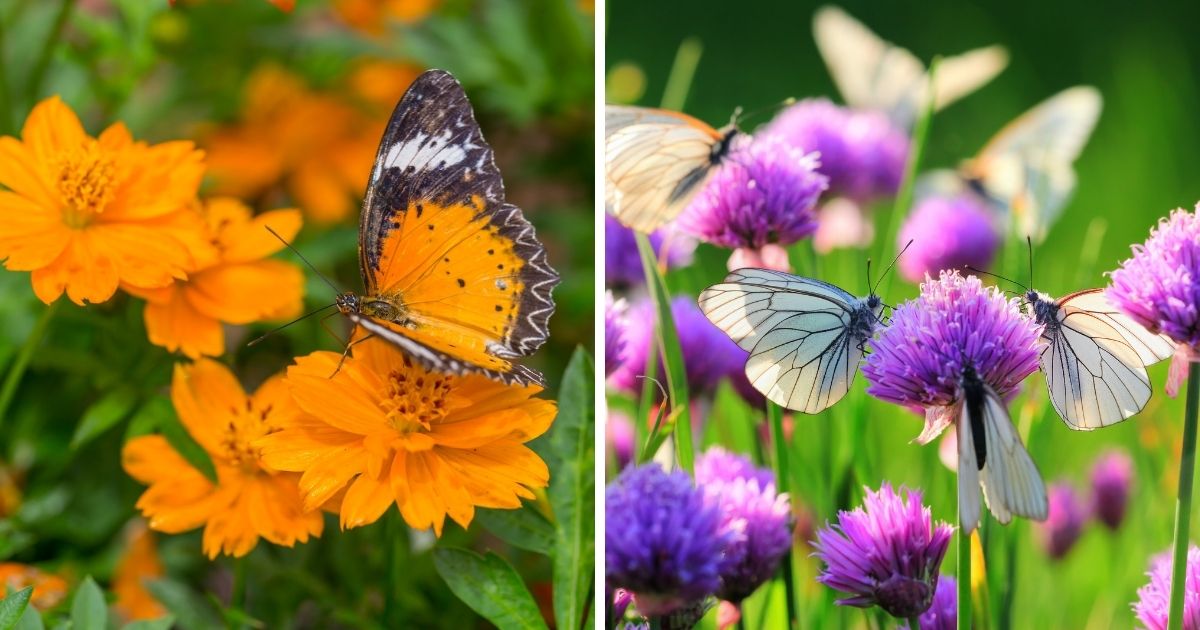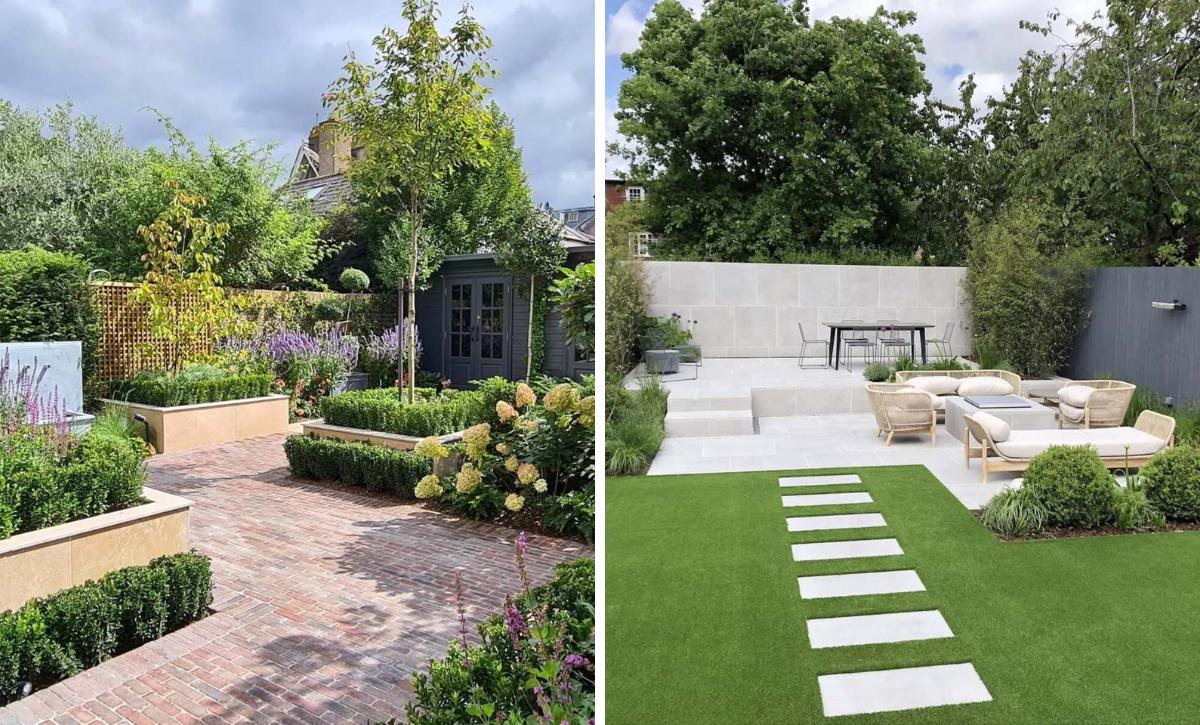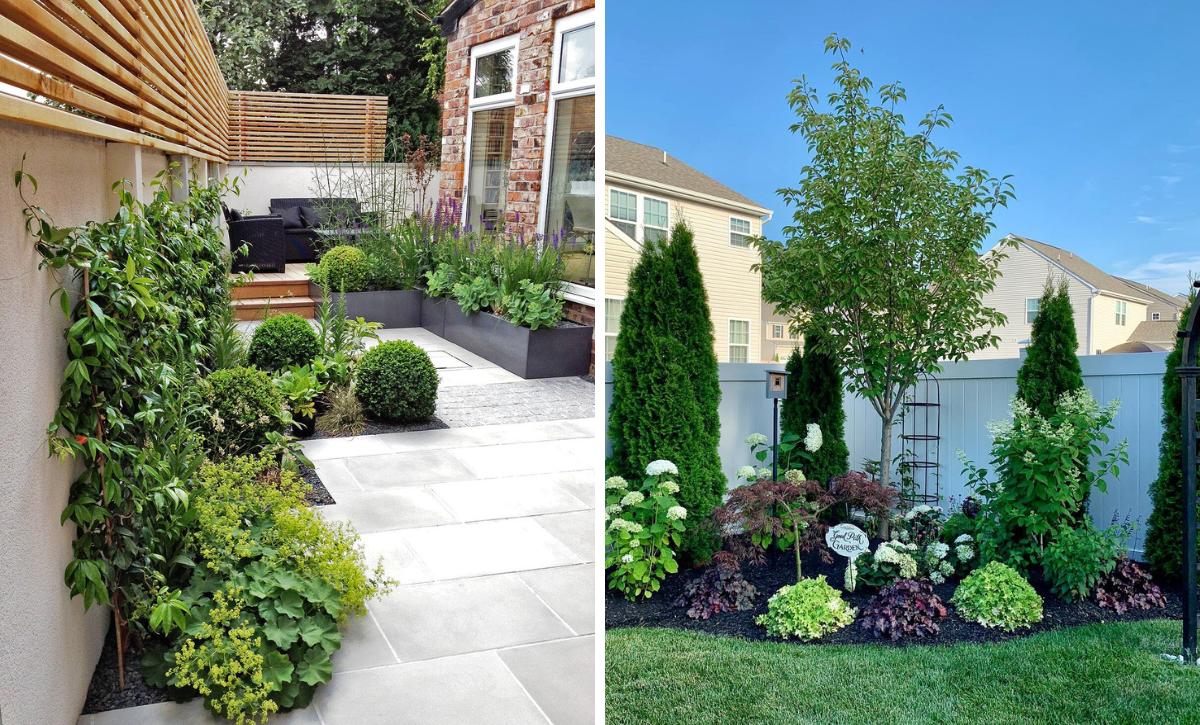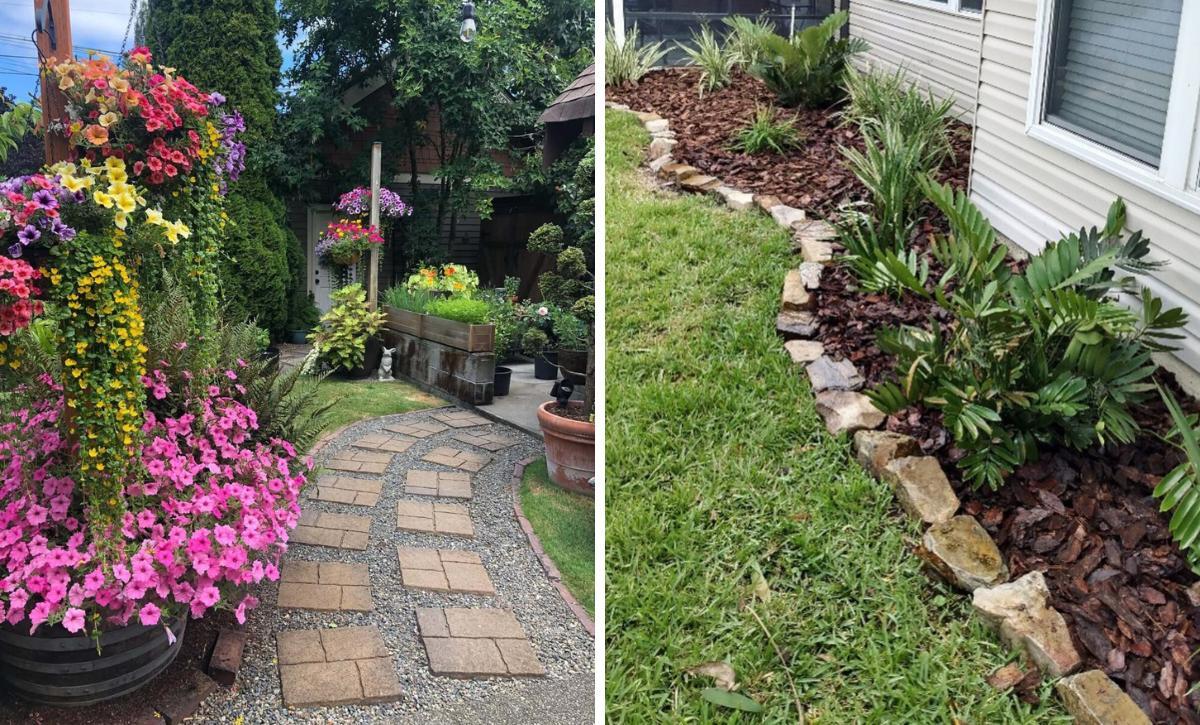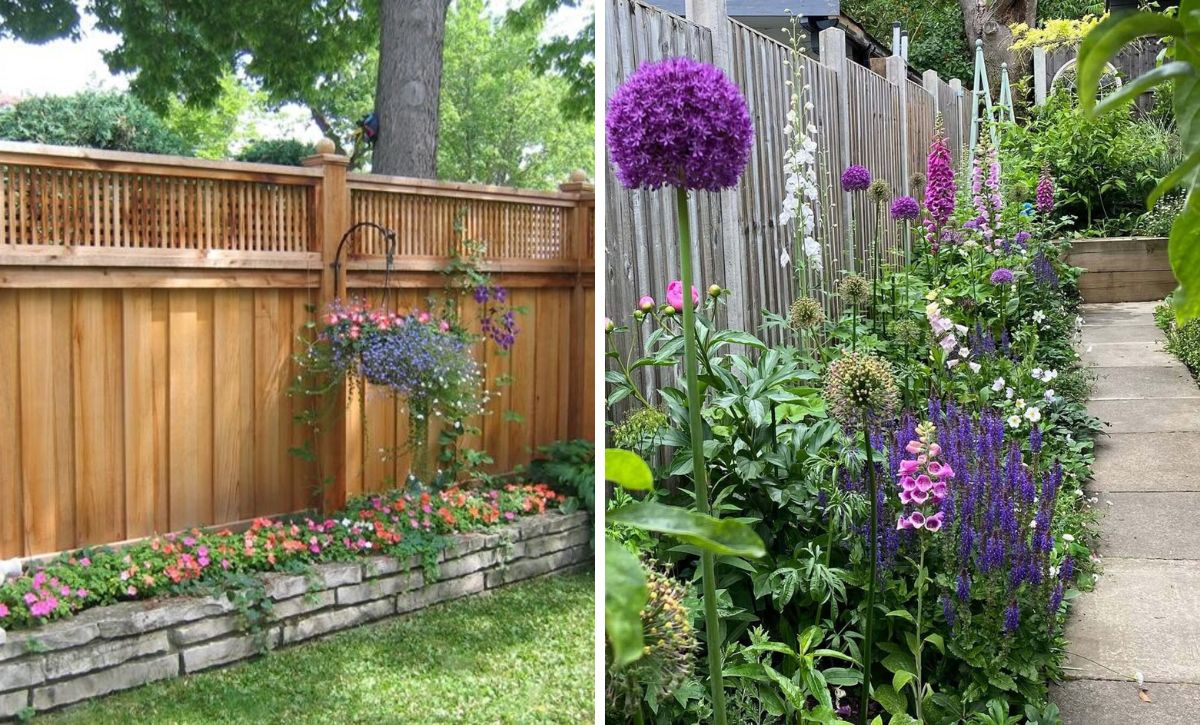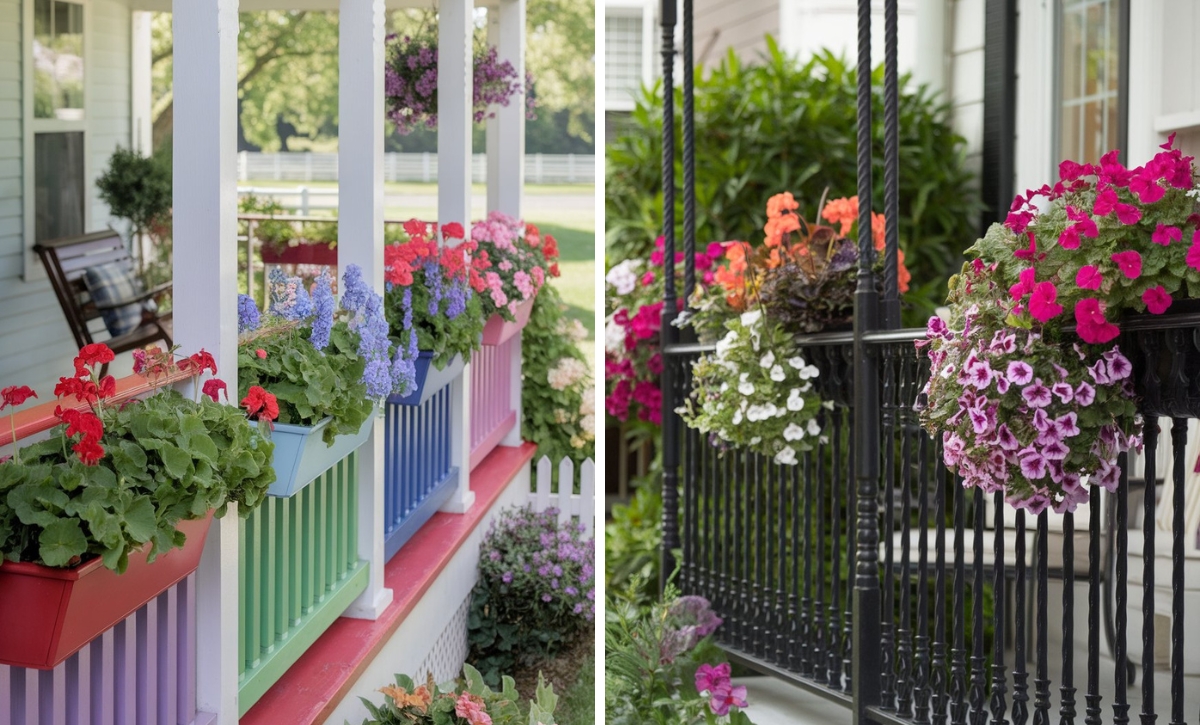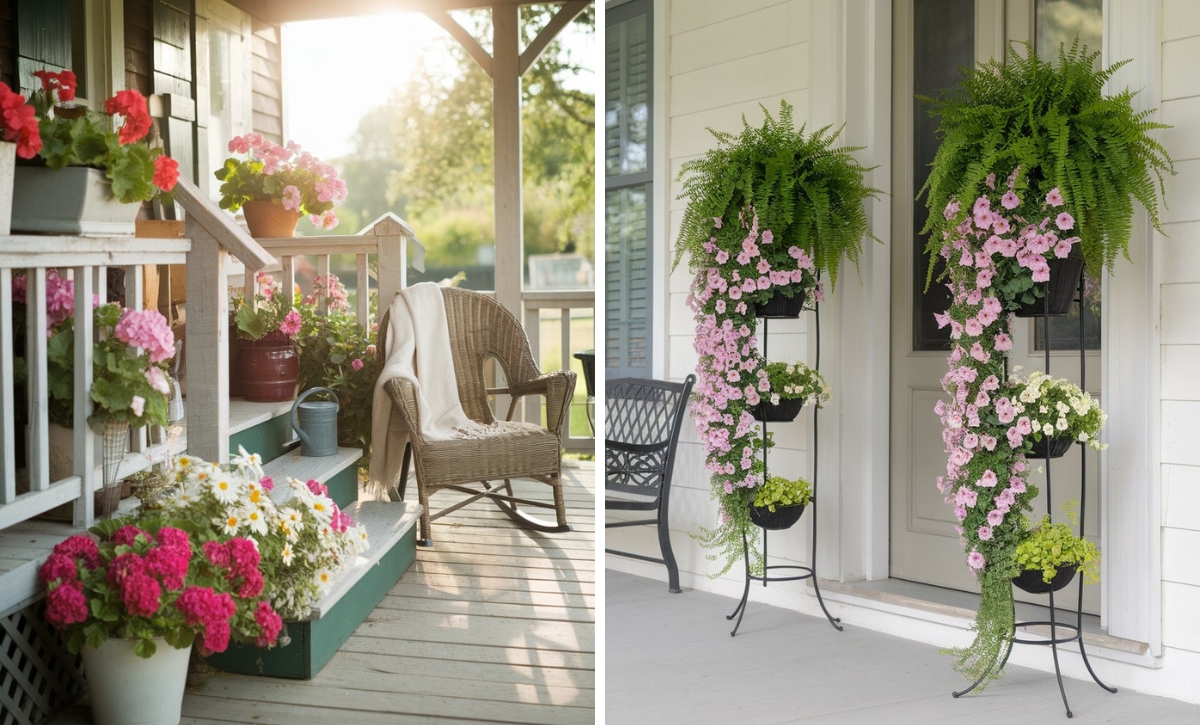As spring approaches, one of the ways to uplift your outdoor space is by bringing in some flowering plants.
As the cold winter months fade and warmer spring weather sets in, there are a variety of perennials and shrubs that you can use to rejuvenate your garden.
The good thing about these plants is that you don’t need a lot of space to grow them.
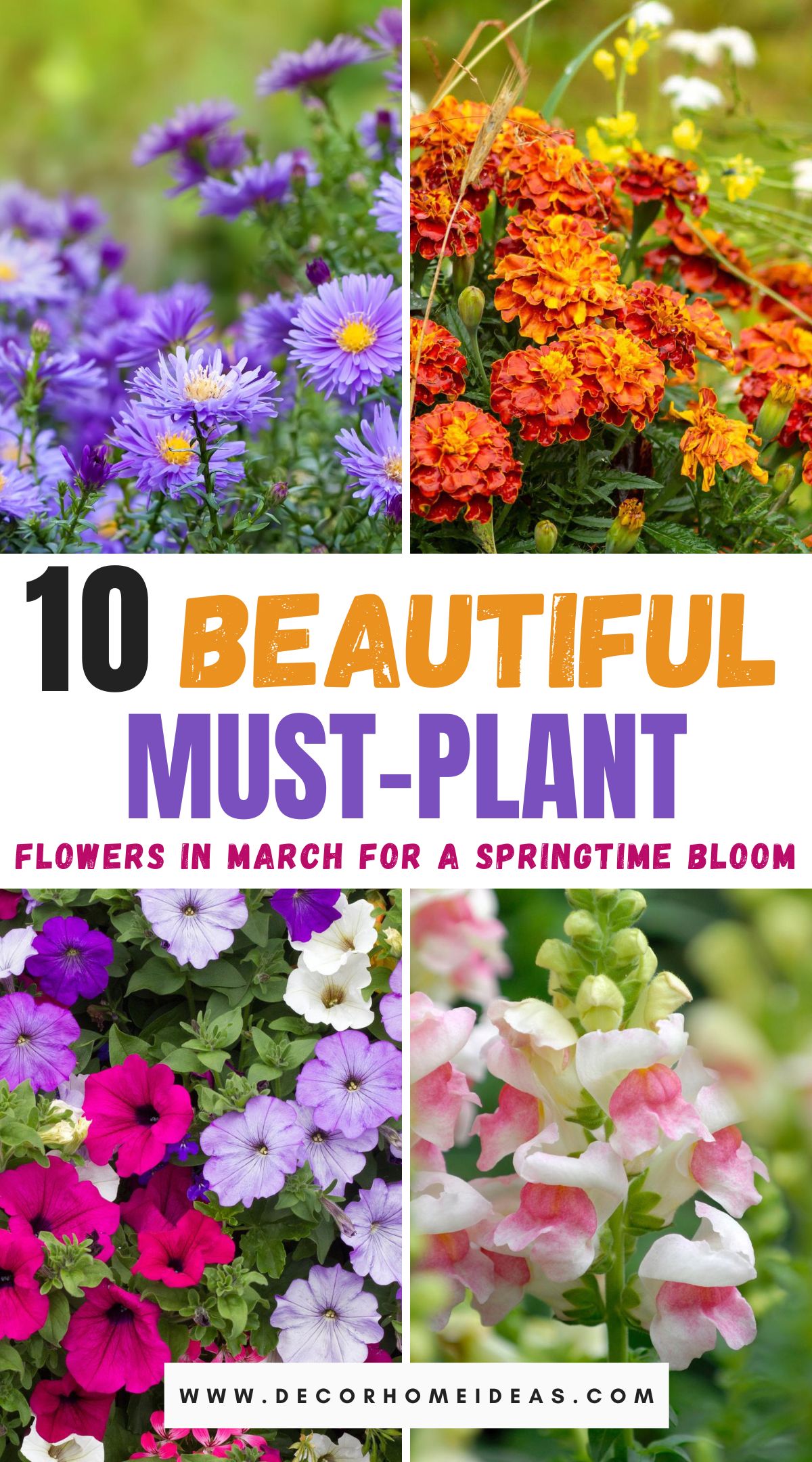
With the right conditions, you’ll soon be enjoying the bright colors, environmental benefits, and the sometimes soft, sweet scents of these flowers.
We’ve compiled a list of ten beautiful flowers to spruce up your garden this March.
Take a look!
1. Marigolds
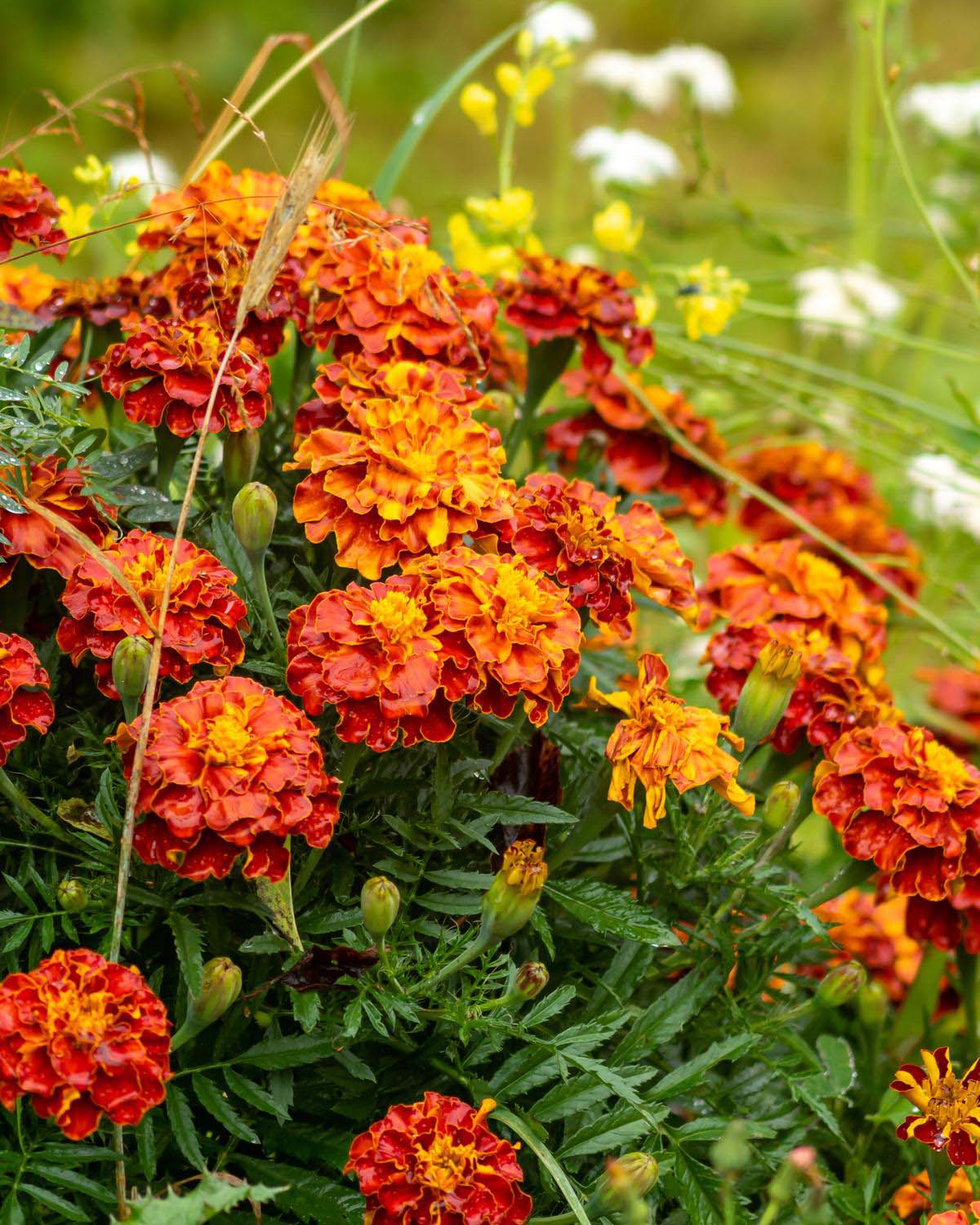
Marigolds are annual plants that are known for their bright golden color, hence the name. There are different types of marigolds depending on their origin.
For example, African marigolds are slightly more prominent as compared to French marigolds.
Other than their mesmerizing color, marigolds also make good companion plants since they can deter pests such as aphids and whiteflies.
Besides this, they’re also highly versatile and can be grown in outdoor gardens, container gardens, and even kitchen gardens since they can prevent pests from attacking your vegetables.
If you are looking to grow marigolds, start the seeds indoors 4-6 weeks after the last frost.
2. Pansy
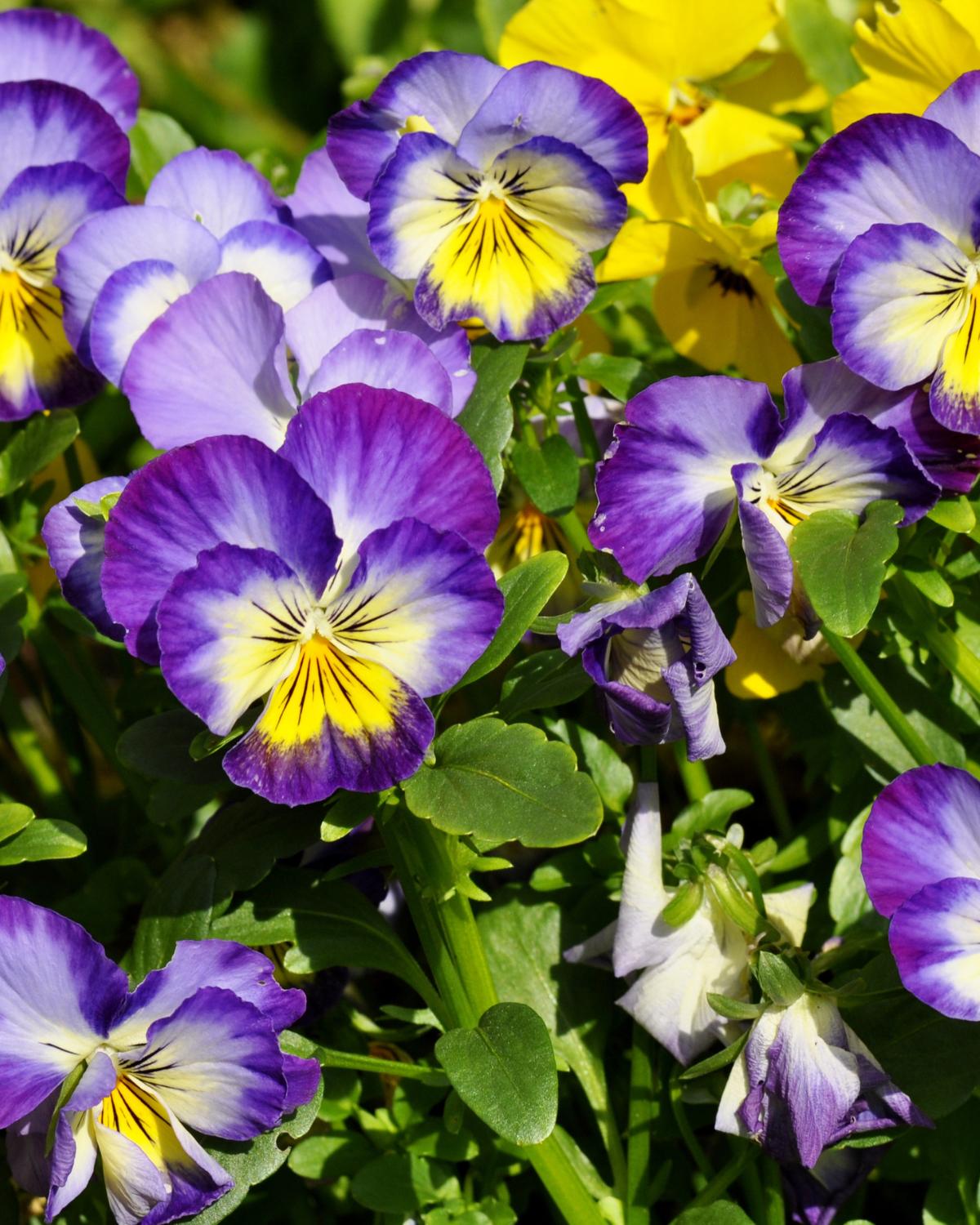
Pansies are vibrant flowers known for their bright colors and intricate patterns. Commonly found in North America, these flowers can survive even in freezing temperatures (although I wouldn’t recommend it).
What makes these flowers a great addition to your garden and the perfect choice for spring is their spectrum of hues, which are likely to uplift any garden.
Depending on the subspecies you grow, they come in a variety of sizes and shapes.
One critical advantage of growing pansies is that they are easy to care for. All they need is basic care requirements such as water, the proper temperatures, and pruning to remove old flowers.
3. Daisy

Daisies are flowers of innate beauty with the ability to uplift any space with their charm. Daisies are native to Europe, where they first grew as an invasive species but have since been adopted in many gardens.
In fact, daisies are the most common flowers in most flower gardens. There are different varieties of this flower, with the most common one being… wait for it…the common daisies with white petals and a yellow center.
There are also other varieties, such as the African Daisy and the Gerbera Daisy. These flowers will not only add beauty to your garden but also be an ingredient in sandwiches, salads, and soups, especially the young red daisy flower.
4. Petunia
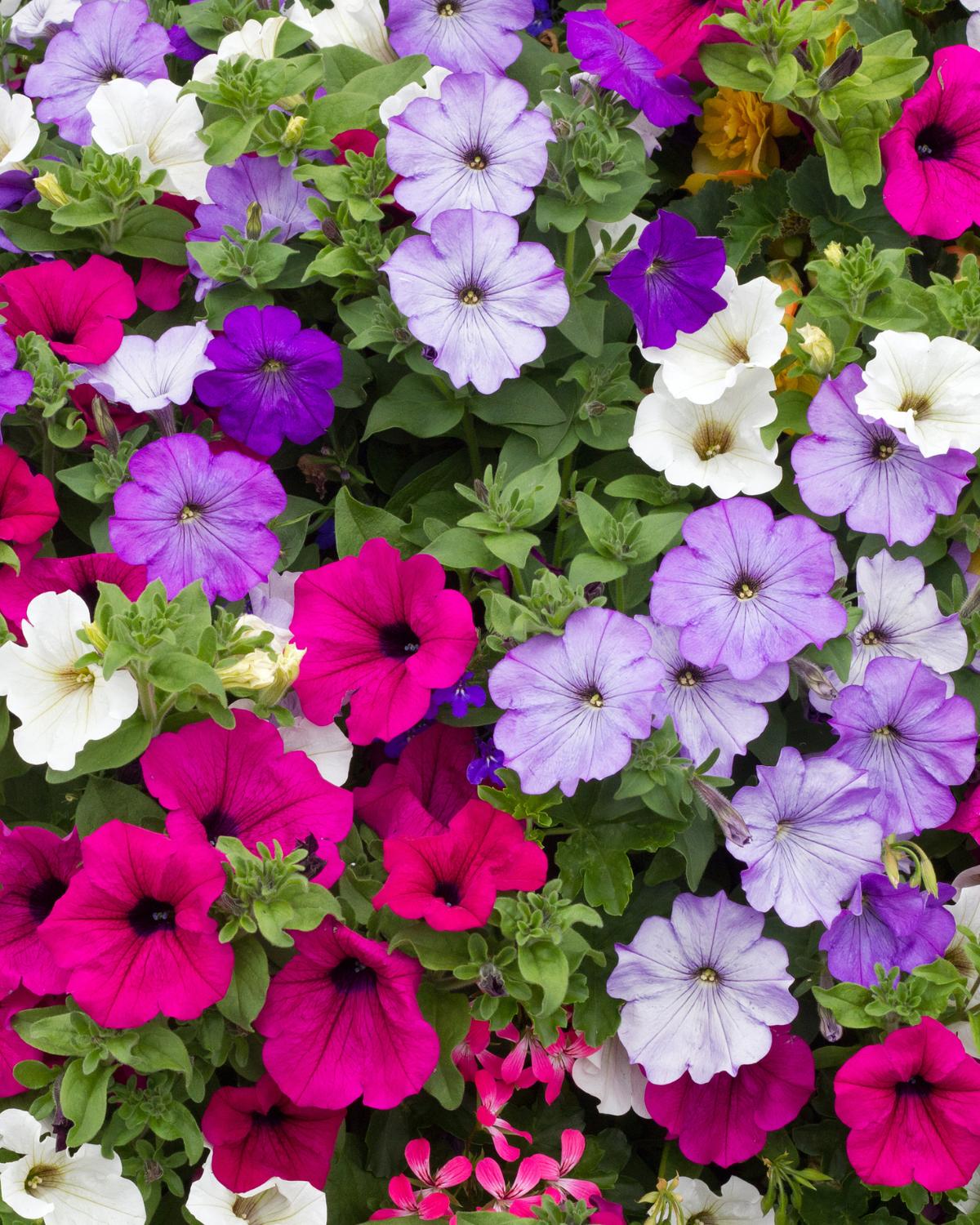
Petunias are one of the most popular annuals, and they can transform any garden with their exciting colors. Not only are these flowers beautiful, but they are also tough and capable of surviving in harsh climates.
Just like daisies and pansies, petunias come in a wide variety of colors and patterns. Continued plant science has seen the production of several hybrids of this flower.
This flower thrives in hardiness zones 9 to 11, and they have various uses, from seasonal groundcovers to border plants.
Petunias bloom from spring to winter, but since they are annual plants, they get leggy by summer. Ensure you prune the plant for continued healthy growth.
5. Snapdragon
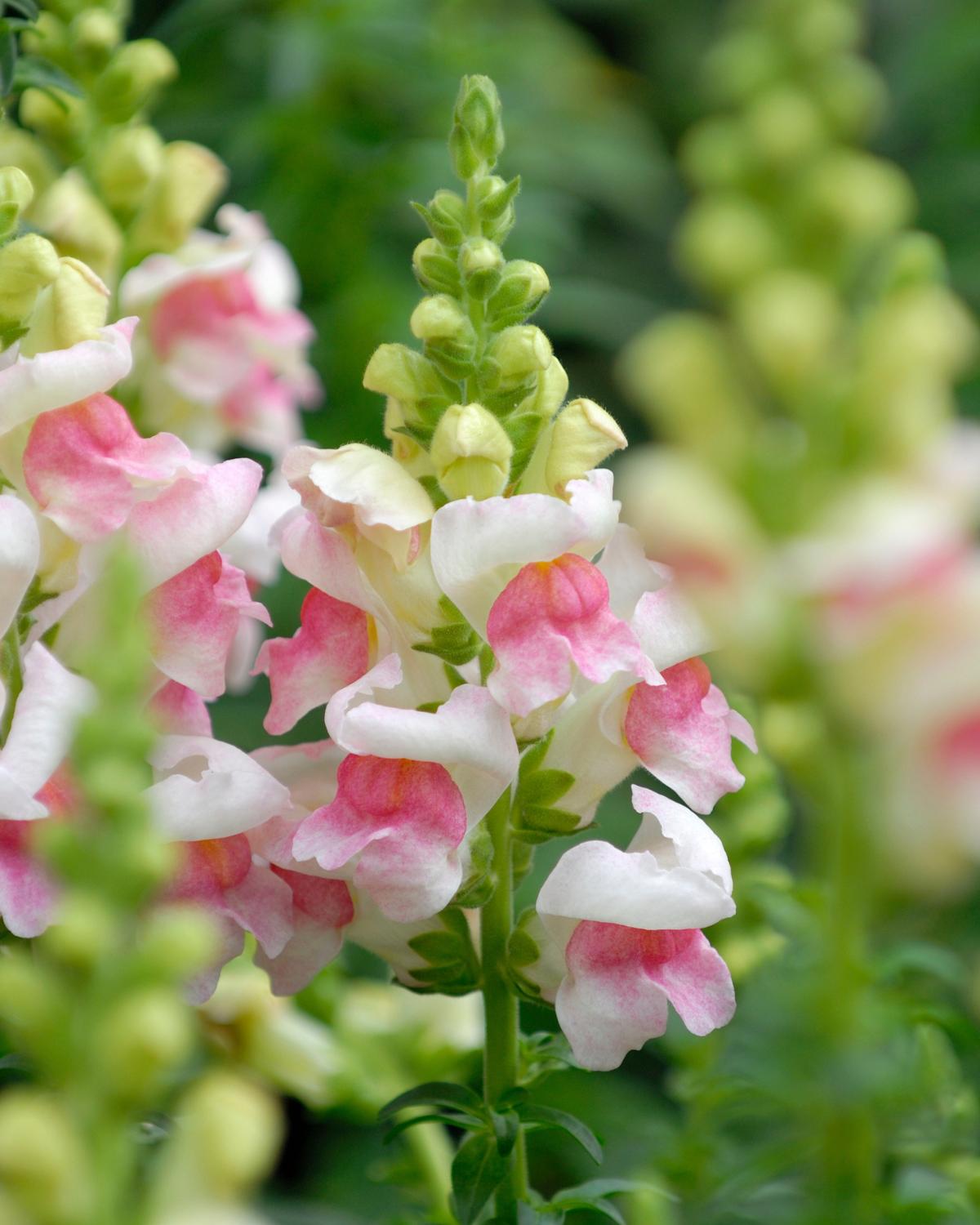
Snapdragons are lovely flowers that thrive in sunny borders. They produce tall, bright flowers that come in a variety of colors that will make any garden lively.
Some of the most common colors for this plant include pink, white, yellow, orange, and red.
While they will likely be the highlight of your garden in spring, these flowers slow down and stop blooming in the scorching summer heat.
Snapdragons grow to about 36 inches tall and thrive in hardiness zones 7 through 10.
Although they have minimal care requirements, snapdragons will need fertilizing at least once a month.
6. Hardy Hibiscus
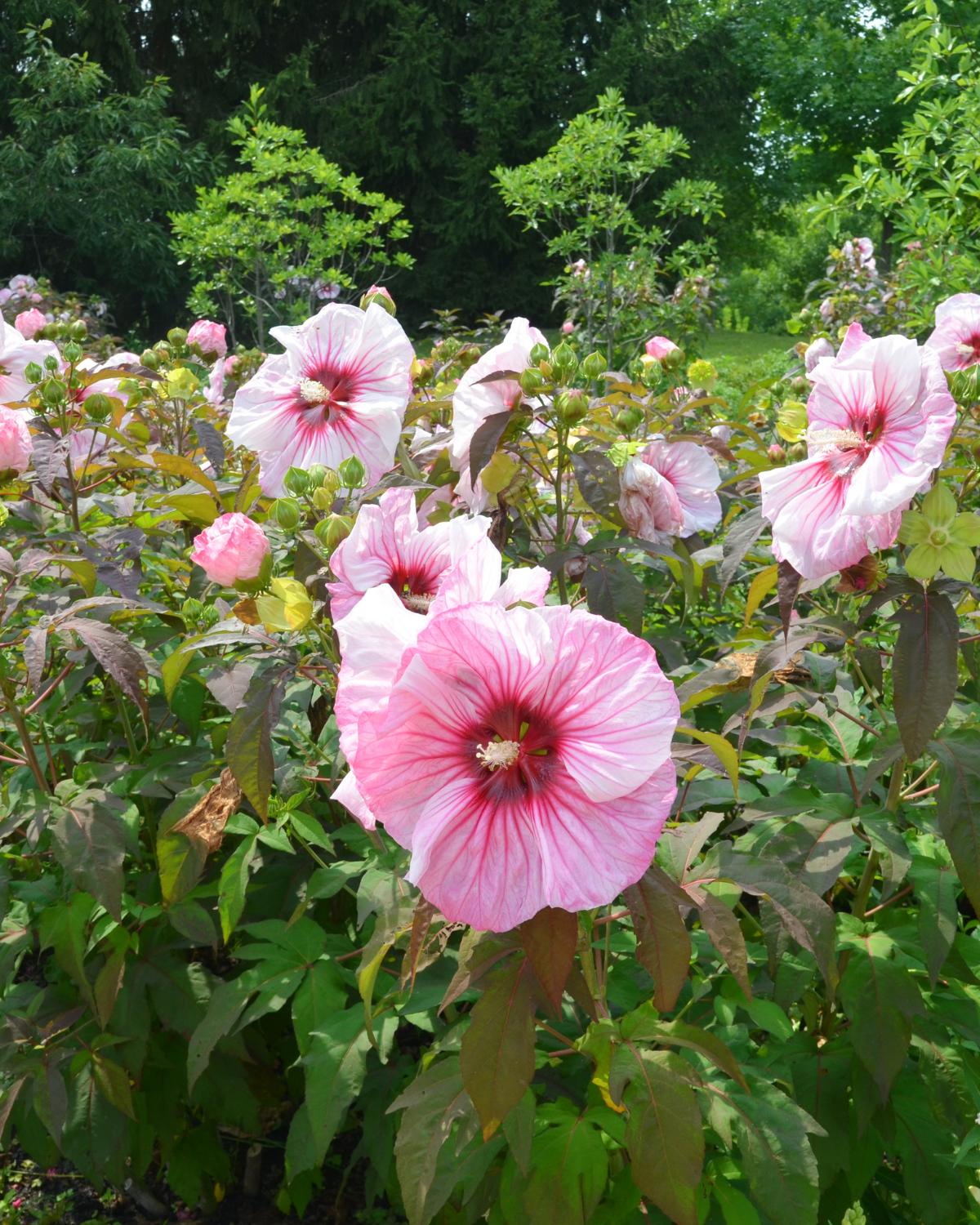
The hardy hibiscus is one of the most famous tropical flowers.
While the tropical variety of this plant can easily get damaged by extreme weather conditions such as frost and excessive heat, the hardy hibiscus is a much more tolerant variety.
With its vibrant colors and giant blossoms, the hardy hibiscus can be a true showstopper in your garden.
This five-petaled flower has pointed buds that appear in deep red, creating an exciting contrast with the aging pale-toned hibiscus.
7. Aster

The star-shaped flowers of asters are the kings of perennials, and they bloom from spring to fall. Once they’ve bloomed, the flowers are likely to last until the first frost.
Asters have a purple and lush lavender color, but some varieties can be either white or pink.
These lovely flowers make a good choice for many gardens since they are likely to attract pollinators such as butterflies and bees.
The average growth height for asters is 6 feet; however, there exist compacted varieties that can grow in window boxes and containers.
8. Touch Me Not
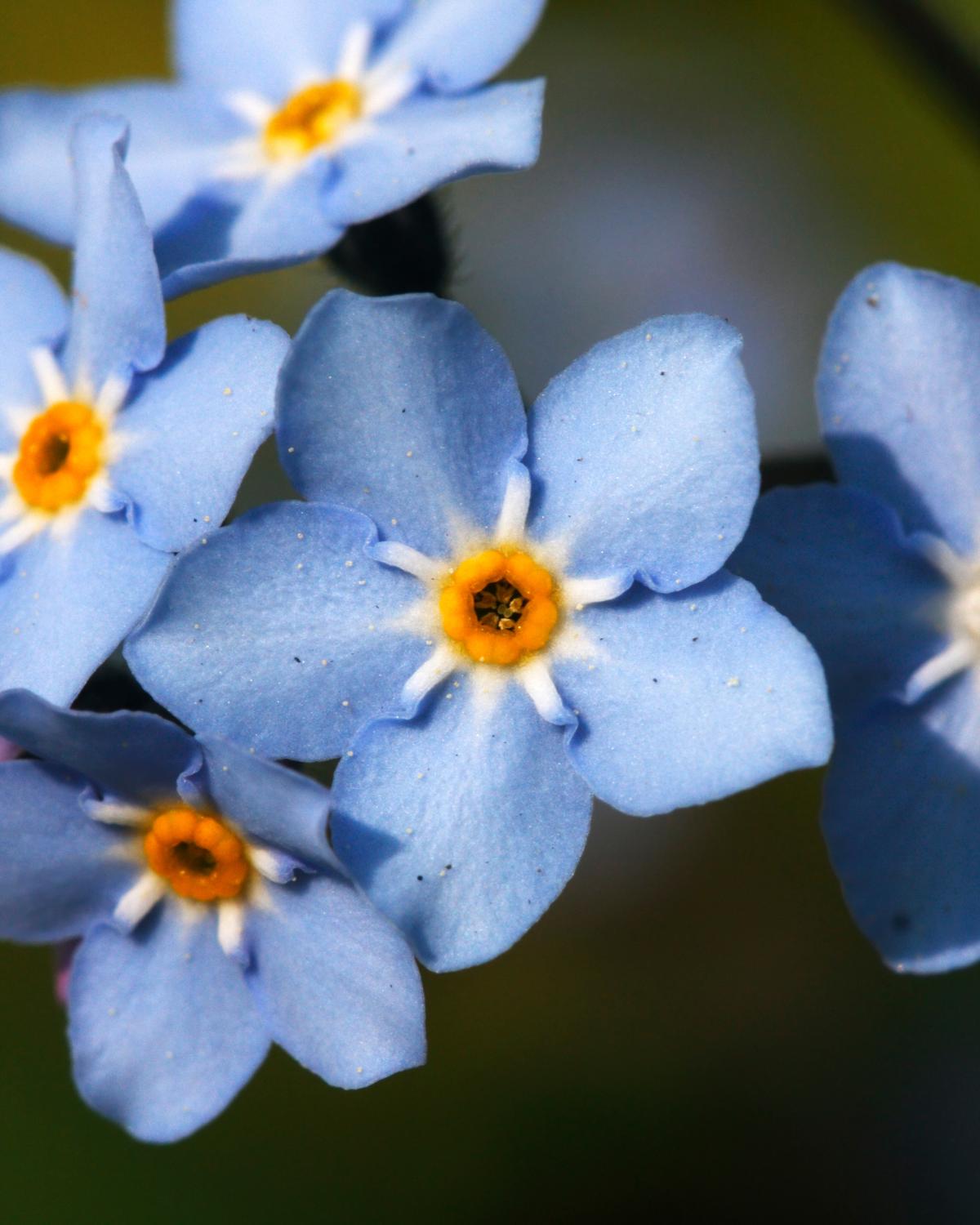
These beautiful blue flowers with a glow-like color will adorn your garden long after spring. Since they are deer-resistant, they are unlikely to be damaged soon.
Although the most common color is blue, there are other varieties, such as white and purple.
Most people grow touch-me-nots in late fall to ensure that by early summer, they have bloomed, but they are definitely a flower that you should be looking to grow this March.
9. Catmint
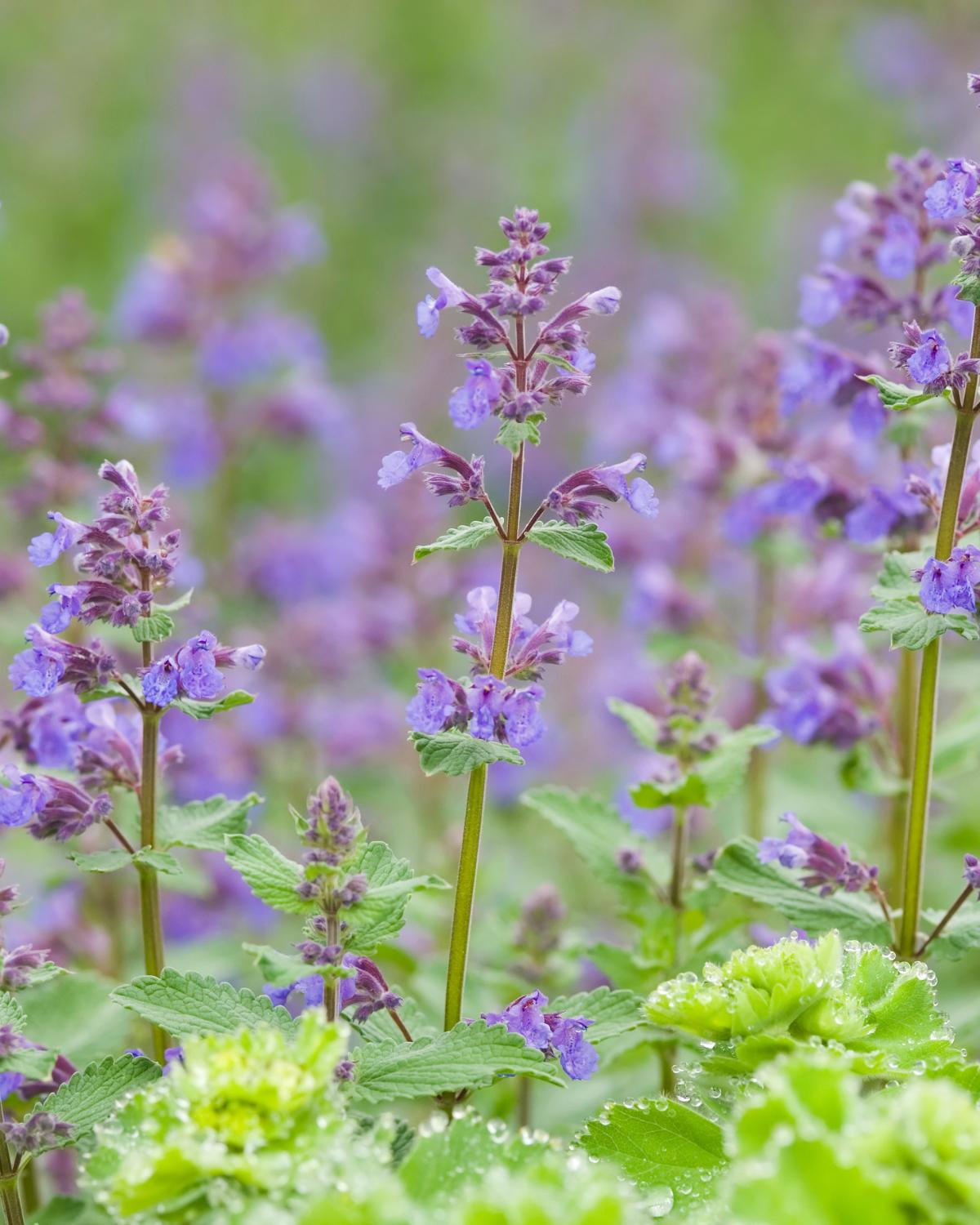
Catmint is not only beautiful and resilient but can also bring a sweet aroma to your garden. It’s an excellent choice for a beautiful, low-maintenance plant.
Just like the Touch-me-not, the unique scent produced by the plant deters deers, thus minimizing damage from animals.
Generally, catmint will thrive in any soil type as long as it’s well-draining.
Depending on the variety that you grow, the plant’s foliage will range from bright green to silver gray, while the flowers may either be purple, blue, white, or pink.
This plant can thrive in a variety of hardiness zones from zone 5 through 9.
10. Lavender

Lavender is one of the most versatile flowers in terms of uses. Not only does it serve as a beautiful garden decoration, but it also has some culinary benefits.
With its silver-green foliage and purple spike-like flowers, this perennial is a stunning addition to borders and is also ideal for creating informal hedges.
The flower can also make an excellent floral arrangement in sachets and potpourri.
There are different types of lavenders, such as French lavender, Lavandin, and Spanish lavender, but the most common variety is English Lavender.
